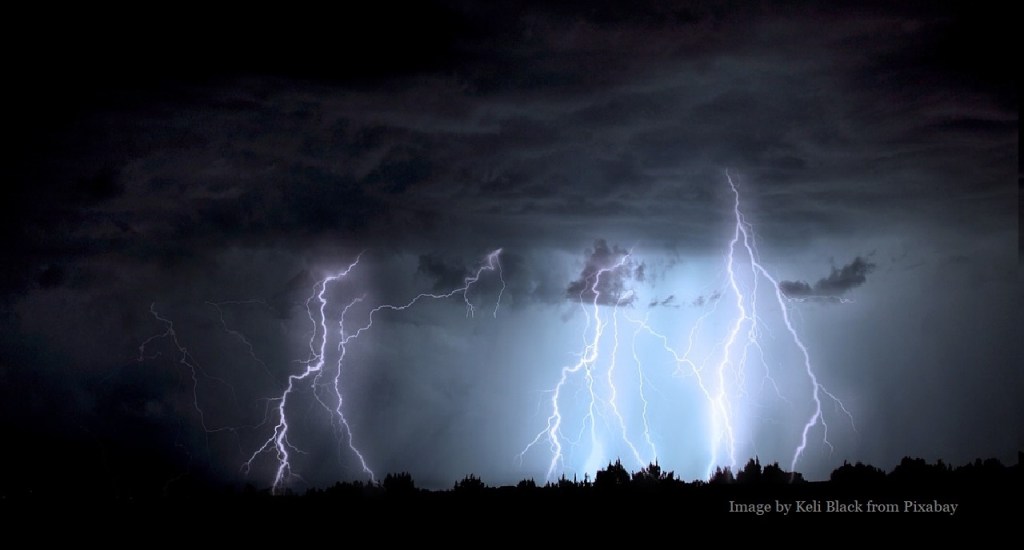[— Karen Myers —]
The results are in from the recent survey that some of you have participated in, from the Alliance For Independent Authors (ALLi).
The Passive Voice reports on The Bookseller‘s report on the survey results.
“ALLi circulated the survey to its members and subscribers, as well as “through other key self-publishing and author organisations” in February 2023. It was answered by more than 2,000 respondents – 60% of whom were in North America, with 21% from the UK and 8% respectively for Australia/New Zealand, and Europe. It found the the median revenue for independent authors in 2022 stands at $12,749 (£10,229).
This compares to the findings of a report into authors’ earnings commissioned by The Authors’ Licensing & Collecting Society (ALCS) and published in December 2022, which showed that median earnings from writing alone for authors with third-party publishers stands at approximately $8,600 (£7,000).
The ALCS’ report showed “a sustained fall in professional writers’ real terms income from writing over the past 15 years of around 60%, pushing median earnings down to minimum wage levels,” a trend which ALLi suggests self-published authors are “bucking” in light of its survey’s findings, which suggest average incomes of self-published authors are rising, with a 53% increase in 2022 over the previous year.
By contrast, its report goes on, “previous author income surveys, which have focused on revenues received by authors with third-party publishers, have repeatedly reported falling incomes.”
The use of median vs mean results helps to smooth the distortions of “best sellers” which are still primarily a trad publishing phenom.
“ALLi has commissioned the UK Copyright & Creative Economy Centre, CREATe – which conducted the ALCS’ survey – to expand analysis of the findings, particularly in relation to “key demographic groups and factors that contribute to higher incomes.” ALLi will publish the full report including demographic data in June 2023, together with a collection of insights from several peer self-publishing organisations, as the Big Indie Author Data Drop. This compilation and final 2023 report will be presented at the Self-Publishing Live conference in London in June 2023 and will repeat as an annual event, which the organisation says will fill “a notable gap in author income research”.”
More details at the various links and, as always, good commentary at Passive Voice by his lively chorus.





9 responses to “Trad vs Indie Author Earnings”
The main caveat here is the usual one with this sort of survey–it’s likely that the sample is more successful than the average.
That having been said, self-publishing is still easier to get some kind of halfway decent income from than tradpub, especially if you’re a compulsive writer, thanks to A. Not having to compete with a bunch of other people to even get published; and B. Having a much better royalty structure.
By using the median instead of the average (which this survey did for its results), you avoid the distortion caused by unrepresentative Trad Pub Best Sellers.
Now, it is likely that the really unsuccessful passed on responding, but that would be true for both Indie and Trad, I imagine. Trad Pub authors’ median incomes have been shrinking year over year, and Indies’ have been growing (see comments & citations for the Passive Voice link).
I would be curious what the distribution curves look like. I’m wondering if indy has a flatter overall curve: i.e. Isn’t authors tend to build smaller but more consistent reader bases, while trad is much burstier?
In music I’ve been listening to a lot of it through YouTube now and I’m finding I’m listening to a few handfuls of artists pretty consistently, and periodically adding one or two new groups to the rotation, rather that listening to a lot of the big names in pop music.
Agreed, I want to see the bell curve for that. The number of people making basic wages is small if the median is $8600. That’s horrifying, really. You’d be better off panhandling.
If you are a full time writer, that works out to just about $4.15 an hour. You’d make more money picking grapes. (Theoretically, that is – the “undocumented immigrants” in Pelosi’s and Newsom’s vineyards are probably lucky to get that much.)
Back 10 years ago, a few indie or hybrid writers were pointing out the power of the Long Tail, meaning sales from a writer’s back-list. Trad-pub had pretty much terminated back-list because of the cost of warehousing and distribution. With the rise of e-books and indie publishing, the back-list returned and long-tail sales grew in earning percentage. That can make a big difference if you have that back-list for readers to peruse.
As suspected, there’s no money in writing for Dead Tree. $8600 as the -median- income? Are you kidding me?
As time goes by I feel less and less concern about not being a Real Writer. Approaching zero, today.
Honestly at this point I’m beginning to think the people signing those Dead Tree contracts are suckers. At best they’re working basically for free. Certainly the Power of the Big Five (or is it Four now?) is not bringing them much in the way of sales and royalties.
Compare and contrast now with the cries of “but muh Qualiteh!!!” from the Red side of SF/F, particularly the awards idiots. Eighty six hundred bucks, you a-holes. That’s what you’re making from the crap you write.
So yes, the sour grapes are tasting pretty good today and the Emperor’s ensemble seems, hmm, drafty.
Very interesting, thanks. Unfortunately, there’s not much information here that one can take to the bank (ha!): in addition to the success bias 60Guilders mentions above (an aspect of the larger problems of self-reporting) there is the question of input versus output: take 2,000 hours/year as the standard definition of a full time job – that’s 40 hours/week for 50 weeks/year. Well? Is that 1200 bucks normalized to 2000 hours/year of work? Maybe indy authors who make, say, $50k/yr might work more hours? Or? Who knows?
For example. Obviously, there are way more factors than simply putting in hours, but that would be a key input as a baseline. And, sadly, a survey that relies on self-reported data is never going to be reliable answering questions like this.
So, basically, this is a part time job for the vast majority of writers. Or pays like one.
Either a second job, squeezed in, when the time can be found, or with the support of a working spouse, pension, social security, or a trust fund.
I think it was Eric Flint, a couple of decades ago, who said there were about 450 writers in the US who could live on their writing income. Indy may be starting to change that, but it isn’t here yet, for most of us.